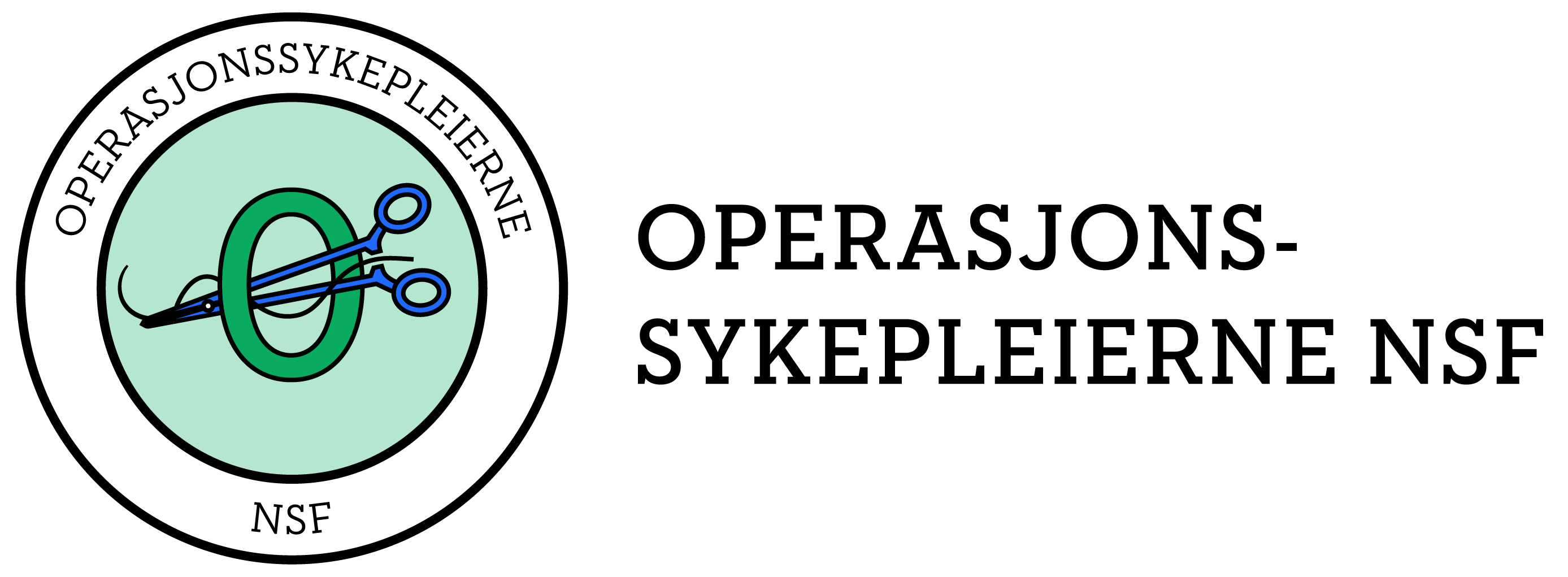Doktorgradsavhandling av Annette Erichsen Andersson
Last ned og les gjennom Gøteborgs Universitet
ABSTRACT
Aims: The overall purpose of this thesis was, in the light of patients’ experiences of acquiring a deep SSI, to explore the air quality during orthopedic implant surgery and
the application of intraoperative measures to reduce risk factors associated with SSI.
Methods: In Paper I, 14 patients were interviewed using a qualitative approach. In Papers II and IV, during elective and fracture implant operations, 284 active air samples were taken in displacement and laminar (unidirectional) airflow-ventilated operating rooms. Door openings and other events occurring during surgery were recorded. In Paper III, to obtain data on the application of infection-prevention measures, structured and participant observations were carried out during 69 surgical procedures.
Results: Paper I, revealed that developing a deep infection after surgery was seen as a life-changing event, negatively affecting all parts of life. Feelings of pain and not being
taken seriously by the health-care providers dominated the experiences. Paper II found that the mean levels of CFU/m3
in displacement-ventilated ORs exceeded the recommended levels for implant surgery (m=15.9). A strong correlation was found between door-opening rates (m=17.4) and CFU levels (r=0.74, p=0.001). Every door opening resulted in an increase in CFU/m3 of 5.3. Sixty-eight percent of the variance in CFU/m3 could be explained by:length of surgery, door openings and the number of people present in the OR. Paper IV showed that the laminar airflow system observed in this study offered high air quality with very low levels of CFU/m3 during surgery (md=1.0). No significant relationship between door openings and CFU/m3 was observed, but the median door-opening rate was found to be low (md=8). Paper III revealed that evidence-based measures, such as the correct timing of prophylactic antibiotics and normothermia to reduce the risk of postoperative infections, were not sufficiently implemented. The overall adherence to hand hygiene guidelines was 10.3%.
Conclusions: Every unnecessary door opening and failure to implement protective measures during surgery potentially enables the development of an SSI that could result in serious consequences for the patient. Using patients’ narratives as a diagnostic tool could reduce the risk of delayed treatment. Finally, without a display in every OR
that shows the current airflow and pressure gradient, the safety of patients cannot be guaranteed.
Keywords: Patients’ experiences, Patient safety, Surgical site infections, Orthopedics,
Air sampling, Operating room, Nursing, Surgery, Complexity, Culture

